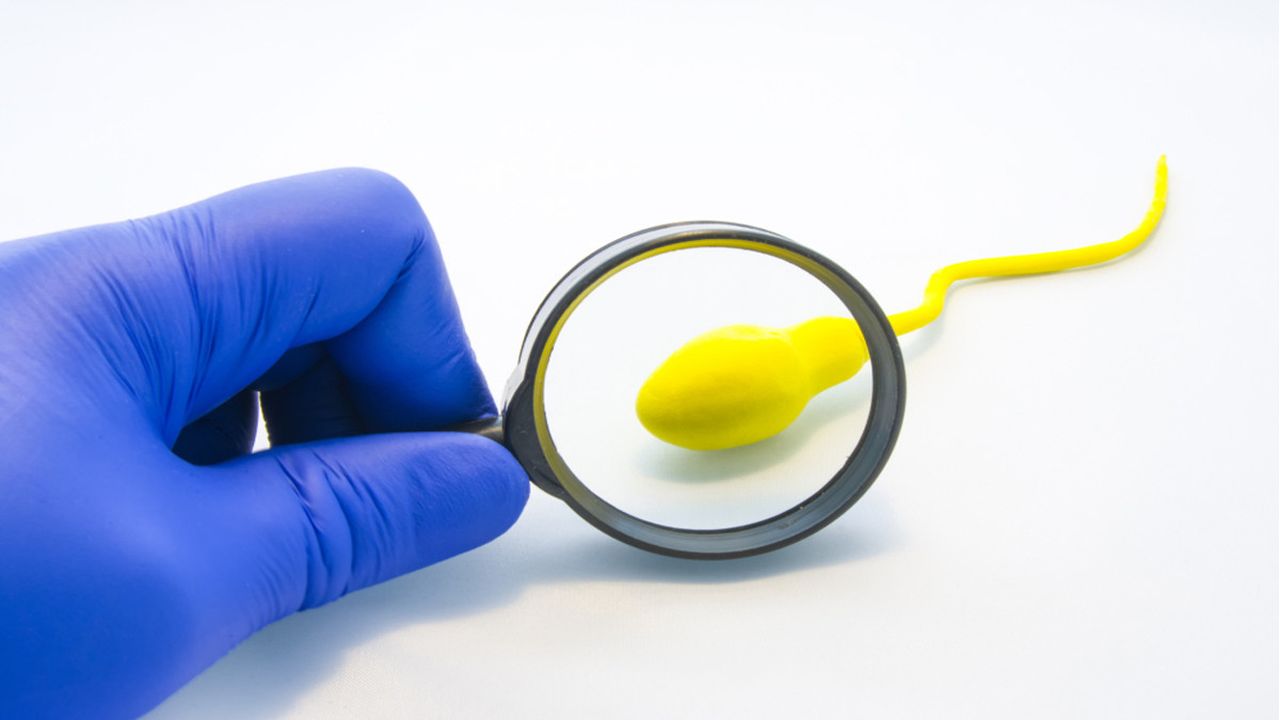
- Early Warning Self Test kits
Did you know thousands of people in the UK fall victim to Strep A infections yearly? Understanding the symptoms and causes of these bacterial infections is crucial, as they can cause various health problems. Seeking prompt diagnosis and treatment is essential in preventing significant complications.
Using home testing kits is one of the simplest methods to screen for Celiac Disease, which can be performed at home or a medical practitioner’s clinic. These user-friendly testing kits enable individuals to conduct a Celiac Disease test themselves.
Strep A (Streptococcus pyogenes) is a type of bacteria that can cause various infections in humans. These infections can range from mild, such as strep throat, to severe, such as necrotizing fasciitis (flesh-eating disease) and toxic shock syndrome. Strep A infections spread through contact with an infected person, often through coughing, sneezing, or touching dirty surfaces. Symptoms of Strep A infections can include fever, sore throat, swollen lymph nodes, skin rash, and difficulty breathing. Treatment typically involves antibiotics and supportive care; in severe cases, hospitalization may be necessary. Seek medical attention promptly if you suspect a Strep A infection.
Strep A is a widespread bacterium that can cause various infections globally. These infections can range from mild to severe, including strep throat, scarlet fever, impetigo, necrotizing fasciitis, and toxic shock syndrome. In the UK, the prevalence of Strep A infections varies depending on the type of infection and the location. For example, strep throat is a common infection affecting around 12% of children and 5% of adults annually in the UK. Scarlet fever cases have also increased in the UK recently, with over 19,000 cases reported in 2019.
Globally, Strep A infections are also common and can be found worldwide. Strep A infections cause 700 million cases of sore throat worldwide. They also cause 1.78 million cases of invasive diseases like sepsis and meningitis annually, says the WHO.
The prevalence of Strep A infections can vary depending on the region and population. Reports show these infections have higher rates in developing countries and among certain groups, such as young children and pregnant women. Strep A infections remain a significant global health concern, and efforts to prevent and treat them are important to reduce their impact.
Strep A infections can cause a range of symptoms depending on the type and severity of the infection. Some common early signs and indicators of Strep A infections include:
If you undergo any of these symptoms or suspect a Strep A infection, seeking medical attention is important for a proper diagnosis and treatment.
These infections are caused by the Strep A bacteria. This bacteria spreads from person to person through respiratory droplets when an infected person coughs or sneezes or through contact with an infected wound or contaminated object. Some common causes and risk factors of Strep A infections include:
Taking precautions is important to prevent the spread of Strep A infections. This can include washing hands regularly, covering coughs and sneezes, and avoiding close contact with infected individuals. Your healthcare provider can advise you on additional precautions to protect yourself.
Diagnosing and identifying a Strep A infection typically involves a combination of medical history, physical examination, and laboratory tests.
Medical history and physical examination:
When you seek medical attention, your healthcare provider will enquire about your symptoms and medical background. He’ll examine you for signs of infection, such as a sore throat, swollen lymph nodes, or a rash.
Several laboratory tests are in practice to diagnose a Strep A infection, including:
Rapid test kits are also available for home testing of Strep A infections. Test kits for Strep A involve swabbing the back of the throat to collect a sample and testing it for the presence of Strep A bacteria. Note that these test kits may not be as accurate as laboratory tests. Healthcare professionals should guide their use.
If you suspect you have a Strep A infection, seeking medical attention to receive proper diagnosis and treatment is important.
Doctors typically treat Strep A infections with antibiotics. These antibiotics can help to kill the bacteria and prevent the spread of infection. Other medications may also be prescribed to help manage symptoms and prevent complications.
The antibiotics most commonly used to treat Strep A infections include penicillin and amoxicillin. Doctors typically recommend these antibiotics for ten days. It’s crucial to complete the course of antibiotics even if symptoms improve before the end of the course.
There are several medications that healthcare professionals may prescribe to manage symptoms and prevent complications of Strep A infections, such as:
It is essential to note that antibiotics are only helpful against bacterial infections. They are not effective against viral infections or other types of conditions. Proper diagnosis and treatment are crucial if you suspect a Strep A infection. Seek medical attention promptly.
To reduce the risk of bacterial exposure, one can take specific measures to prevent Strep A infections. Here are some prevention strategies you can use:
By taking these steps, you can reduce your risk of contracting a Strep A infection and prevent the spread of the bacteria to others. If you suspect you have a Strep A infection, seek medical attention promptly to receive proper diagnosis and treatment.
In conclusion, Strep A infections are common bacterial infections that can be easily treated with antibiotics if diagnosed early. Strep A symptoms can vary in severity and be mistaken for other illnesses. Therefore, seeking medical assistance is crucial if you suspect a Strep A infection.
To help with early detection and treatment, rapid home testing kits for Strep A are now available for purchase. Home testing kits are a convenient and effective way to detect Strep A. They are also a good option for those with difficulty accessing medical care or who prefer to try at home. To quickly check for a Strep A infection or future use, purchase a home testing kit today.